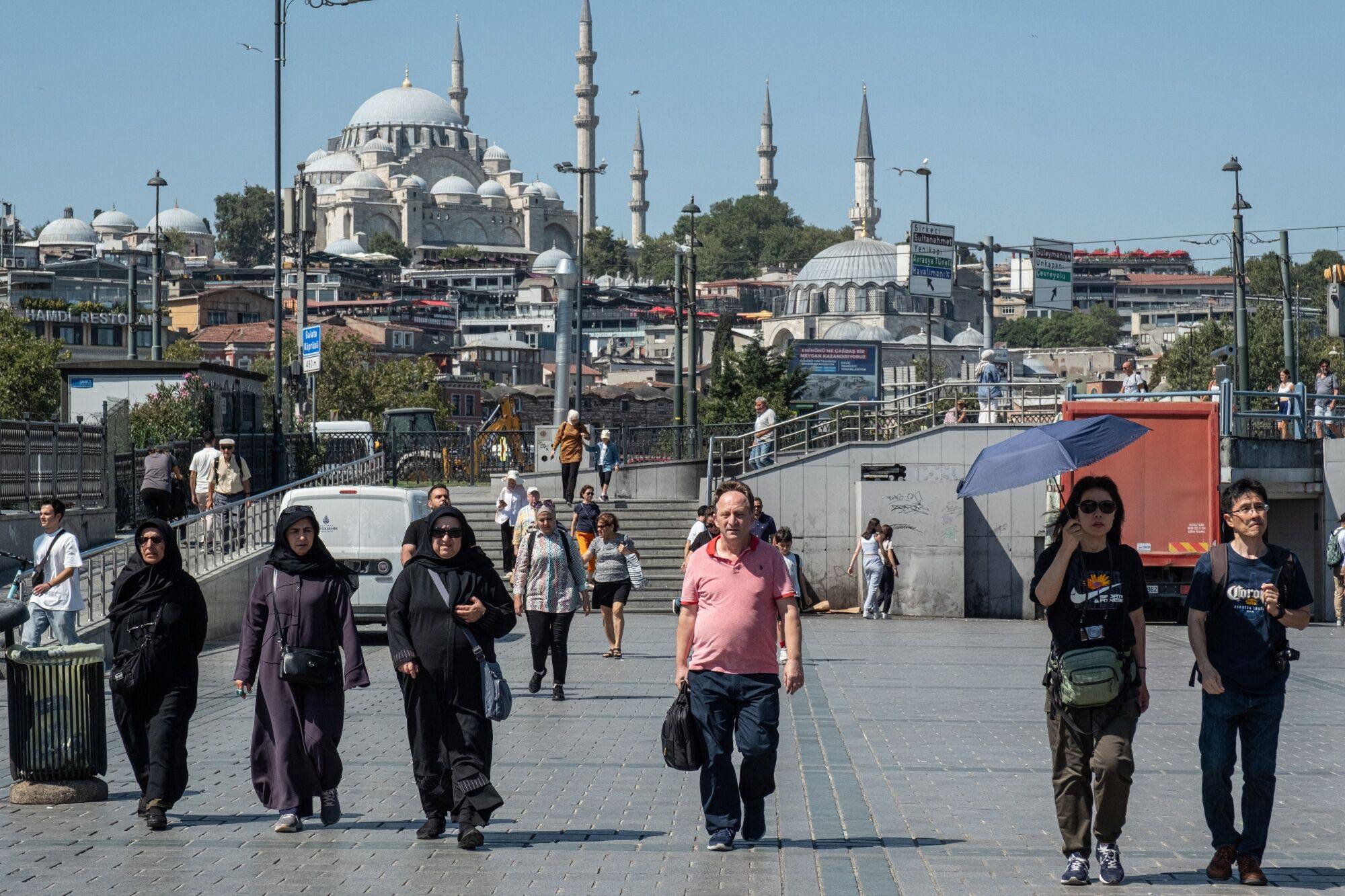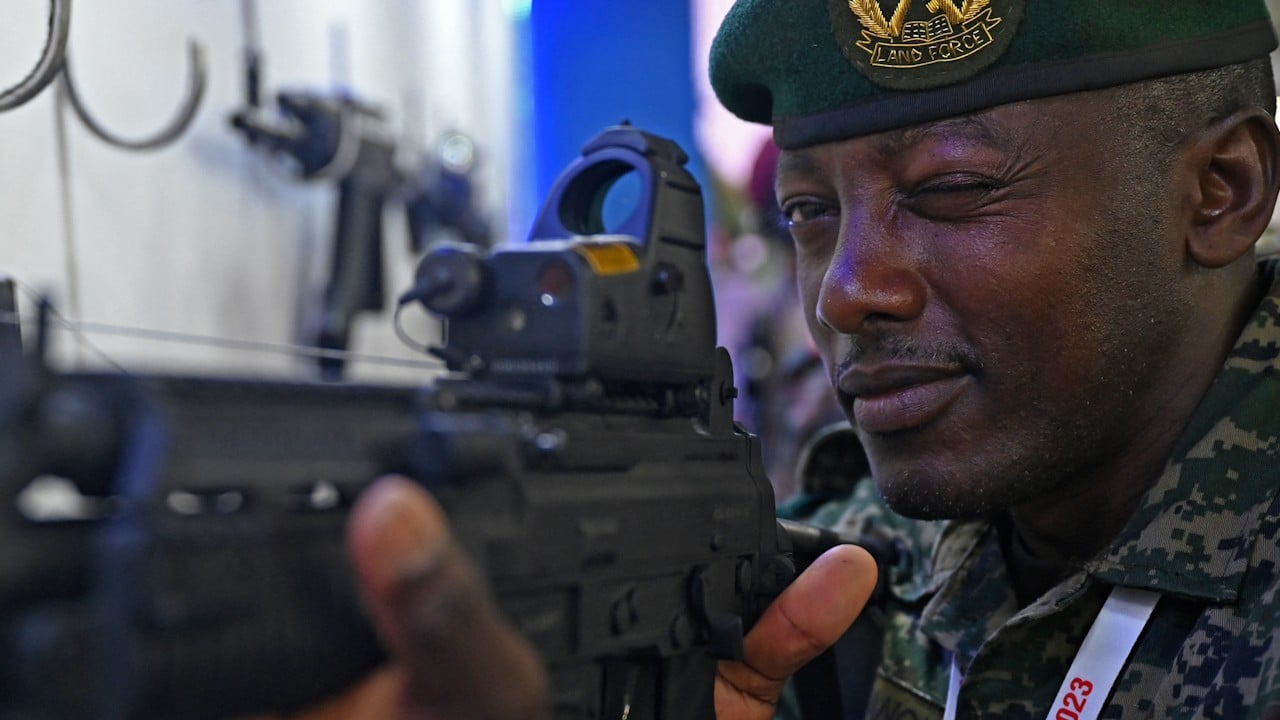In the race to arm Asia, can ‘cost-effective’ newcomer Turkey surpass ‘quality’ South Korea?

[ad_1]
“Turkey’s military equipment often stands out for being cost-effective, reliable, and in some cases, superior to alternatives,” said Ali Bakir, a Turkey expert and non-resident senior fellow at the Washington-based Atlantic Council think tank’s Scowcroft Middle East Security Initiative.

The contract involves the transfer of technology to enable Saudi Arabia to domestically manufacture the Turkish drone.
“In general, Korean weapons exports are preferred to Turkish,” said Dave DesRoches, a professor at the US National Defence University’s Near East South Asia Centre in Washington.
South Korea has a reputation as a quality manufacturer of civilian equipment, including hi-tech equipment, which is not enjoyed by Turkey
“South Korea has a reputation as a quality manufacturer of civilian equipment, including hi-tech equipment, which is not enjoyed by Turkey,” he said, creating a sort of “halo effect which bleeds over” from things such as automobiles, televisions, and computers into weapons.
Turkey will “continue to struggle with this reputational deficit for some time, until it achieves parity as a producer of commercial high technology”, DesRoches said.
However, Turkey will retain substantial cost advantages compared to most developed national exporters of weapons.
As a new entrant, Turkey’s defence industry has so far found it tough to secure large orders from countries in the Asia-Pacific, he added.
“Decisions like the Philippines and Malaysia opting for Korean defence products could be influenced by political factors,” the Atlantic Council’s Bakir said.
But with Turkey’s openness to collaborations, including joint ventures and technology transfers, “many believe it’s only a matter of time before [Turkish defence manufacturers] secure a larger share of the Asian market”, Bakir said.
Turkish potential
Turkish firms have certainly established a beachhead in the region in recent years.
In March last year, Ankara-based manufacturer FNSS supplied the first 10 Kaplan medium-weight battle tank frames to its Indonesian joint venture Pindad, which installed Belgian turrets to complete their construction.
That same month, Turkish Aerospace Industries and its Italian partner Leonardo also began deliveries of six T-129 Atak helicopters to the Philippines under a US$270 million contract.

Turkey’s efforts to sell its domestically developed armaments in Southeast Asia have met with less success, however.
Its renowned combat drones, despite being battlefield proven, largely failed to make waves in the region until May this year, when Malaysia signed a US$92 million with Turkish Aerospace Industries for three Anka medium-altitude, long-endurance unmanned aircraft.
Instead, Turkey has had to rely on the sales of hundreds of its various armoured vehicles to Indonesia, Malaysia and the Philippines to lay the foundations for a larger stake in the Asian market.
As a relative newcomer, it will initially only “really be of interest to Asian countries that either face sanctions or bans in defence trade from the major European and American suppliers”, like Indonesia and Pakistan, said Bernard Loo, a senior military studies fellow at Singapore’s Rajaratnam School of International Studies.
As a consequence, such buyers “have had to be fairly flexible in terms of from where or whom they are able to acquire defence equipment”, he told This Week In Asia.

Last year, Pakistan also began inducting an undisclosed number of TB2 and Akinci combat drones supplied by Turkey’s Baykar Defence.
Other opportunities exist, however, for Turkish weapons makers in places like Malaysia and Thailand that have, especially since the 1990s, “adopted a much more eclectic approach to defence acquisitions”, Loo said.
“These Asian countries are themselves seeking to move up the defence-industry ladder, to not simply be importers of defence equipment, but to begin to produce their own defence equipment and to eventually become exporters of at least niche defence equipment,” he said.
South Korea’s cheaper answer to F-35 jet makes first test flight
South Korea’s cheaper answer to F-35 jet makes first test flight
Similarly, Turkey’s Kaan stealth warplane may eventually prove attractive to Asian nations that are “unlikely to be approved for participation” in the US-led F-35 joint strike fighter programme, DesRoches said.
“It’s uncertain how successful” Turkey’s efforts to attract Asian partners to the Kaan programme will be, “but it it’s natural to expect” that other countries would “desire advanced aircraft”, DesRoches said.
[ad_2]
Source link






